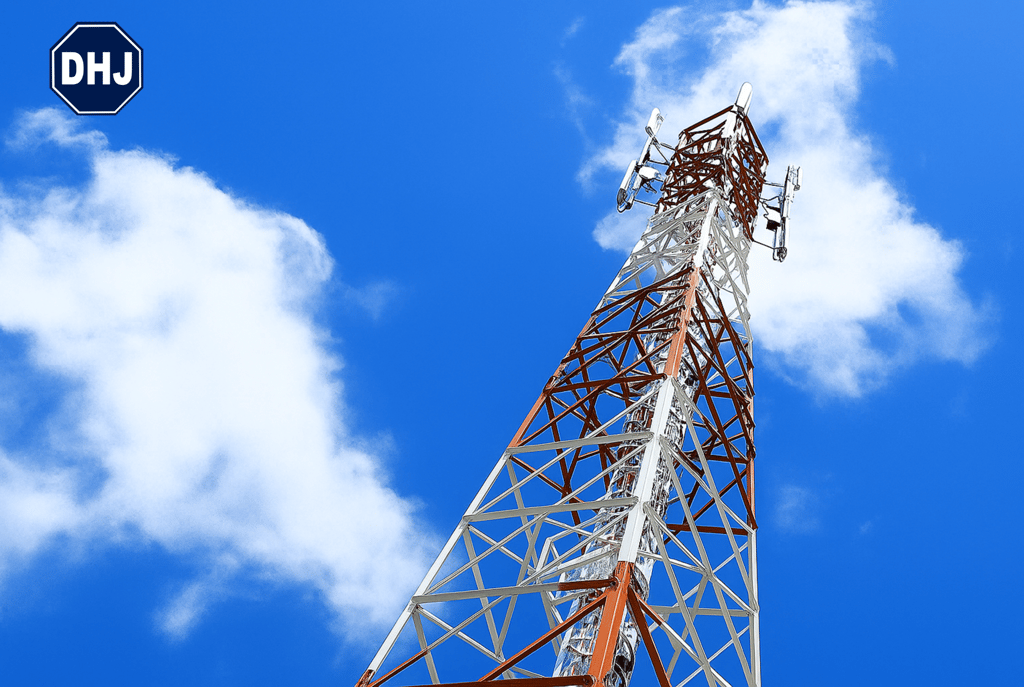Tower Maintenance and Inspection: The Key to Long-Term Safety and Durability
Tower


Towers—whether used for telecommunications, electricity transmission, or other industrial purposes—are vital structures in modern infrastructure. Their strength and functionality rely heavily on proper construction, but their longevity and safety depend on one crucial factor: regular maintenance and inspection.
Neglecting these processes can lead to serious consequences, from reduced performance and structural damage to the worst-case scenario—tower collapse, which endangers both lives and valuable assets.
Why Tower Maintenance Is Essential
Like any other structure, towers are constantly exposed to environmental elements that cause gradual degradation. Factors such as extreme weather (strong winds, heavy rain, lightning), corrosion from humidity, UV exposure, and even vandalism can all affect structural integrity over time.
Routine maintenance aims to:
Prevent Progressive Damage: Early detection of small cracks, rust, or loose bolts can prevent minor issues from turning into major, costly repairs.
Extend Structural Lifespan: By maintaining each component, you effectively prolong the overall service life of the tower, delaying the need for replacement or reconstruction.
Optimize Performance: In telecommunications towers, for instance, cleaning antennas and connectors and ensuring proper alignment helps maximize signal quality.
Preserve Appearance: Maintenance also includes repainting and cleaning to keep towers looking neat—especially those in public or urban areas.
📖 See also: The Power of Cranes – More Than Just Lifting Machines
The Critical Role of Tower Inspection
Inspection is a systematic process to assess a tower’s physical condition and identify potential issues. It must be carried out periodically by certified professionals, using proper equipment and adhering to strict safety standards.
Key areas typically examined during tower inspections include:
Main Structure and Materials: Checking for corrosion, cracks, deformation, or damage to legs, bracing, and joints.
Bolts and Connections: Ensuring all bolts are tight, secure, and free from rust or missing components.
Safety Systems: Inspecting ladders, working platforms, railings, and lightning protection systems.
Foundation: Detecting cracks, soil settlement around the base, or erosion-related issues.
Accessories:
Telecom towers: Antennas, cables, connectors, and cable protection.
Power towers: Insulators and conductors.
Lighting towers: Lamp functionality and wiring condition.
Protective Coating: Verifying that the paint layer remains intact and effective in preventing corrosion.
Safety Comes First
Tower maintenance and inspection are high-risk activities. Therefore, only trained, certified personnel equipped with complete Personal Protective Equipment (PPE) should perform such work. Strict adherence to Occupational Safety and Health (OSH/K3) procedures is mandatory to minimize risks.
Conclusion
Investing in regular tower maintenance and inspection is not an expense—it’s a long-term investment in safety, efficiency, and sustainability. With a well-planned maintenance program and thorough inspections, you not only ensure optimal tower performance but also protect valuable assets and, most importantly, safeguard public safety.
